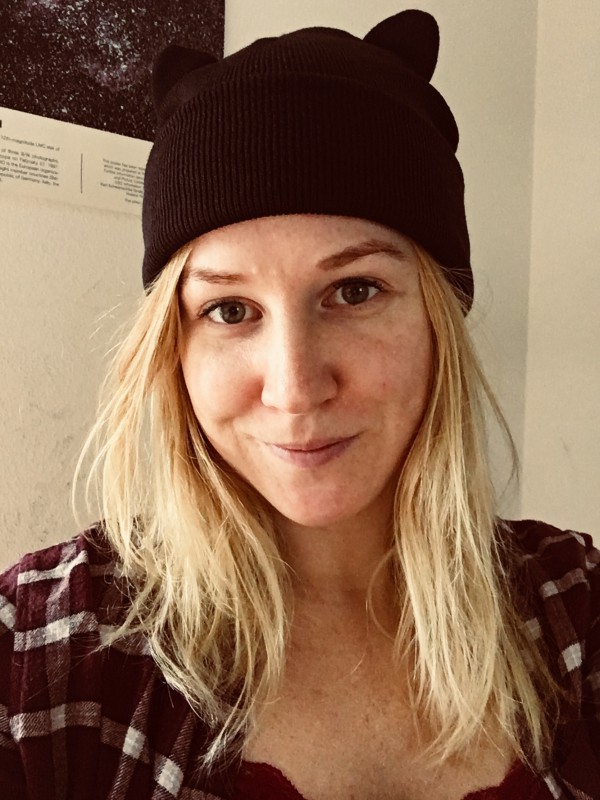Migle Grauzinyte
Interview by Carey Sargent, EPFL, NCCR MARVEL
The biggest challenge that woman scientists face is...
I do feel that it’s really the same as all other scientists, it’s this incredibly fast pace of change in technology that drives change in the way we should approach science. I think that now, more than ever, the amount of cumulative knowledge that we have in the world makes it very difficult to pursue a scientific career without specializing your expertise very precisely. At the same time, I think most of the really big or incredible discoveries require a rather broad overview of different areas, and combining that knowledge in creative or innovative ways, something that is very hard to do when you have to specialize so much. I think it’s something we try to outsource now, especially in materials science, to machine or deep learning methods. But soon we will have to rethink the role that scientists play in the world of big data. It’s both scary and exciting to be in this paradigm that we’re in now.

I chose a scientific career because...
It’s really quite simple. I was interested in solving problems and challenging myself. A scientific career gave me an opportunity to constantly be working on something that I find exciting, and also gave me a chance to feel useful and helpful while doing it, so it was really a no-brainer.
If I were not a scientist, I would be...
This is rather unrelated, but I would probably have tried to become an aerial artist, one of those crazy circus people that slip around on silks.
My most exciting MARVEL discovery to date has been...
In terms of MARVEL itself, I think it’s really great that they bring materials scientists together and I find the work they’re doing in terms of standardizing procedures and approaches with AiiDA really impressive.
In terms of my own work within MARVEL…I think the most exciting discovery was maybe not the one that was the most important. Throughout my Ph.D., I mostly focused on studying defects in different materials. Within this, I primarily looked at transparent wide band-gap conductors and the possibility of inducing charge carriers in them using doping. At the same time, we also looked at the possibility of reducing the pressures required to turn hydride compounds superconducting, again using doping. So, the idea is the same, inducing charge carriers, but very different applications. An interesting idea to turn hydrides superconducting under reduced pressure was proposed by Ashcroft. He suggested that by adding other elements into a hydride material, you could pre-compress it chemically. Then the effective pressure you’d need to turn it superconducting is reduced. This was a very novel idea some 15 years ago. What we found in my work, almost by accident, is that something very similar works also for transparent conductors, the materials that my Ph.D. work really focused on. Introducing some selected elements into these compounds again induces a sort of effective strain, which allows us to manipulate the properties of the material. It was very cool for me to see the work come around full circle. Starting from transparent conductors and moving to superconductors under pressure, and then seeing those ideas return back again to transparent conductors and finding a new way to improve these materials...for me, that was the most exciting part – seeing a larger connection.
My top two papers...
The first one would be the work I was just talking about, it’s entitled “New route for 'cold-passivation' of defects in tin-based oxides”.
And another paper I worked on, called “Towards bipolar tin monoxide: Revealing unexplored dopants”. This work focused on introducing dopants into a specific material, that would allow both p-type and n-type conductivity to be achieved within a single compound. p-type conductivity in transparent conductors is highly sought after in the optoelectronics community, where really effective compounds of this type are still lacking. It has been very exciting to work on this project and I think tin monoxide is a truly promising material for future optoelectronic applications.
